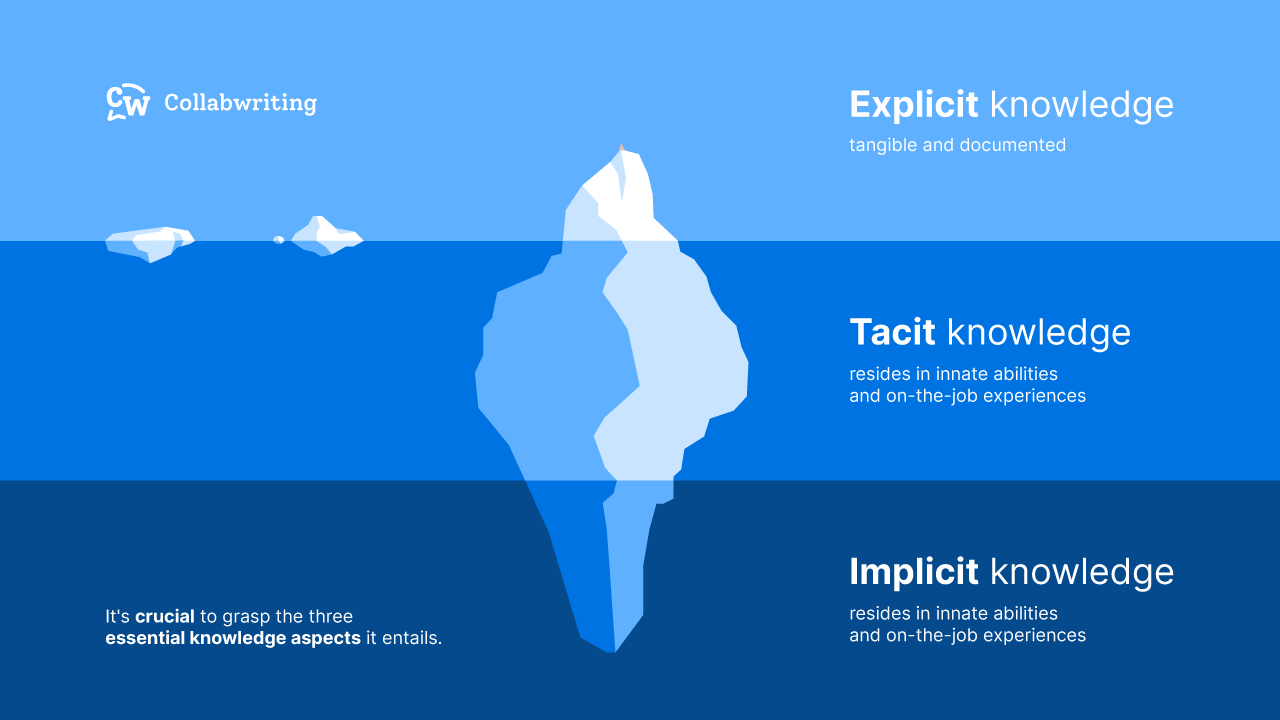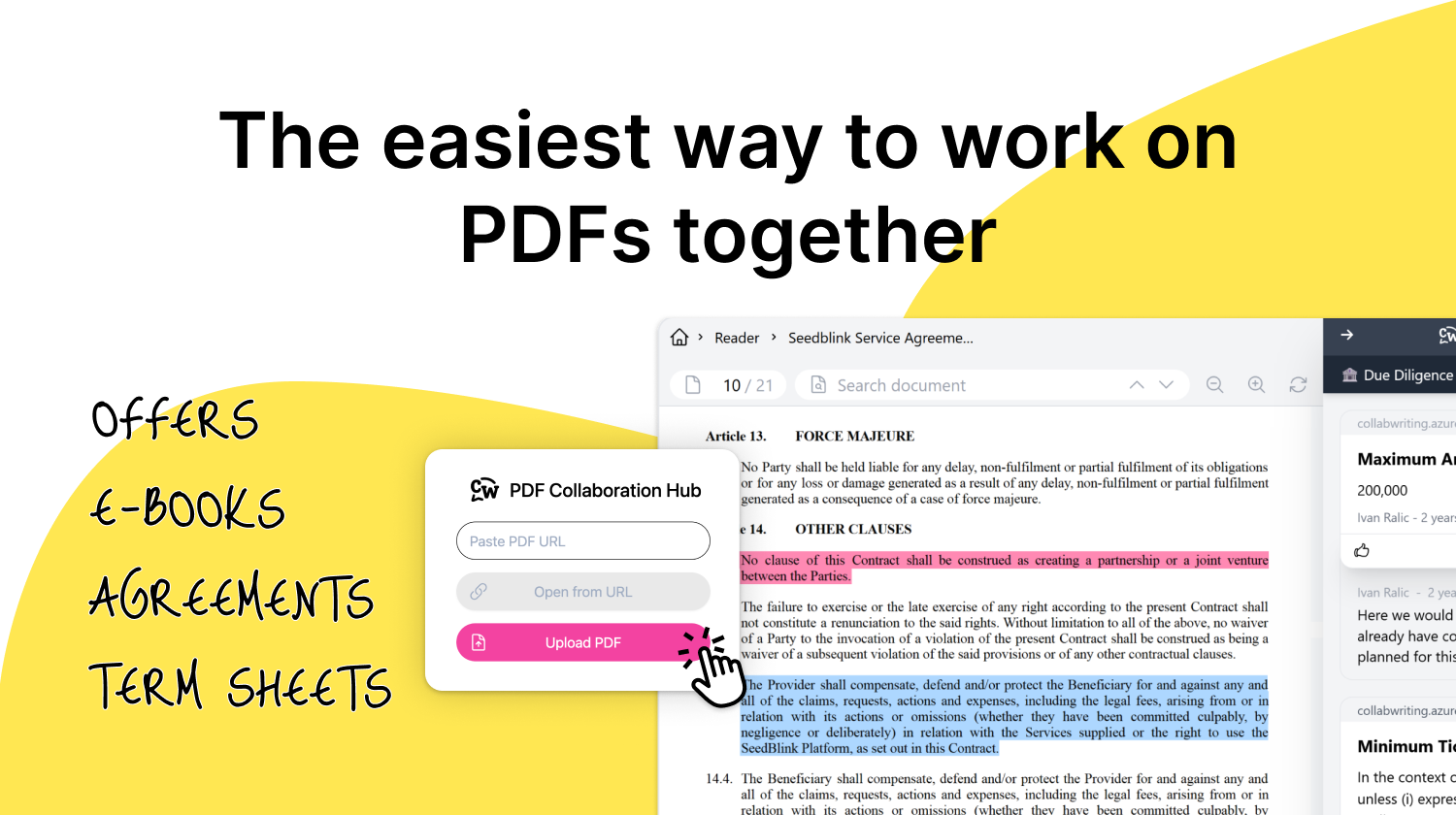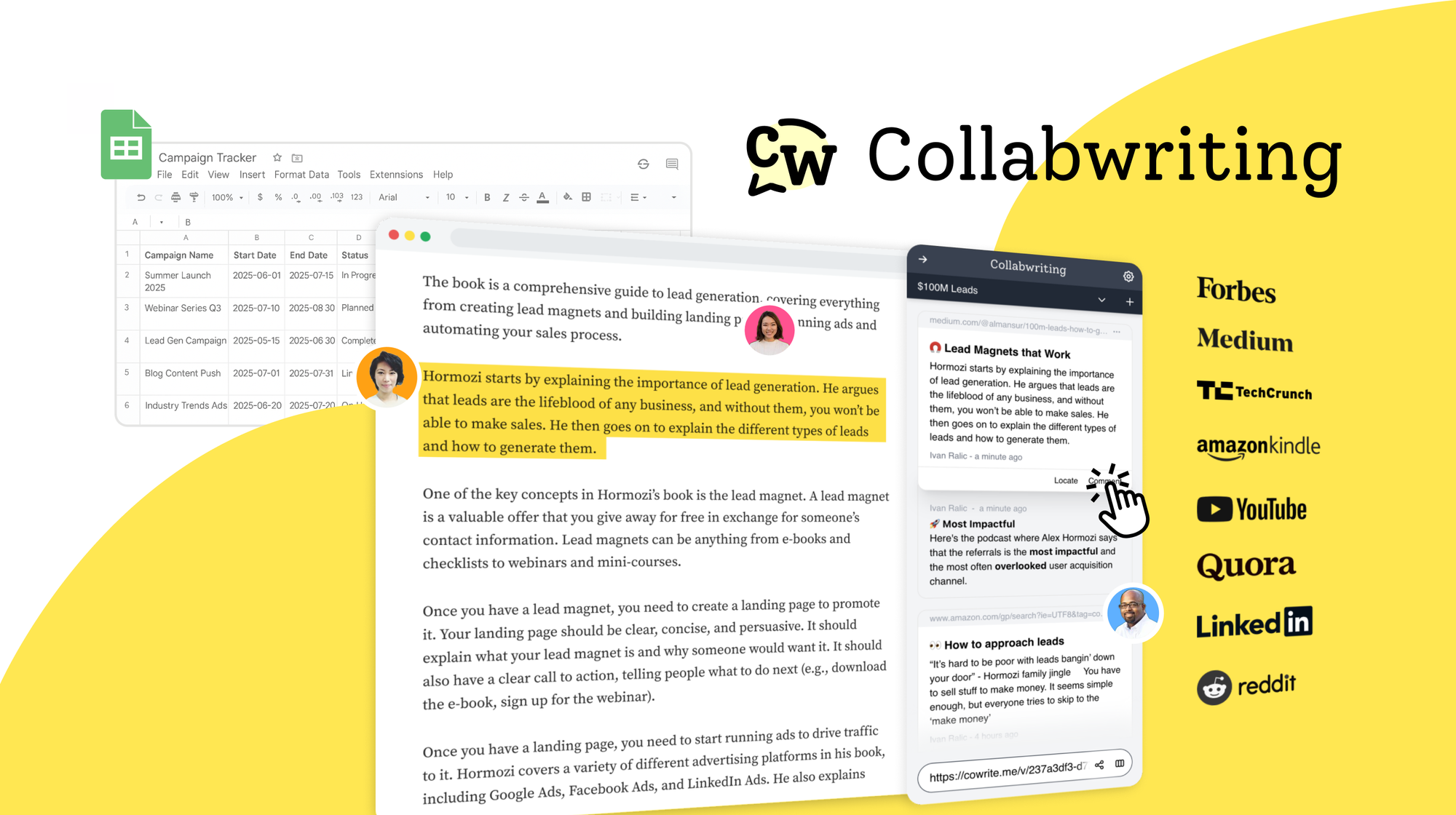When a talented employee leaves or retires, they often take with them years of valuable knowledge, insights, and experience. Without a system to capture and share that know-how, organizations lose more than just a person; they lose a competitive advantage.
Yet, some employees still believe holding on to their expertise makes them more valuable. The truth? Sharing knowledge is what makes you truly indispensable.
In fact, 74% of organizations say that good knowledge management can increase productivity by 10 to 40%.
In this blog, we will explore the essence of knowledge management, delve into the advantages it brings to organizations, and uncover the most effective approaches to implementing knowledge management best practices.
What is knowledge management?
Knowledge management is a process of defining, capturing, organizing, evaluating, sharing, and retaining all organizational information assets.
This knowledge can include:
- Documents and manuals
- Company policies and procedures
- Databases and reports
- Employee skills and expertise
- Past project experiences
The main goal is to make sure that information is easy to find and use, so employees can work smarter, avoid repeating mistakes, and keep improving.
According to Research and Markets, the global knowledge management market will reach $1.1 trillion by 2026 - a sign of how important it's becoming.
Purpose of knowledge management
The main purpose of knowledge management is to help organizations work more efficiently by making important information easy to find. This saves time, lowers costs, and improves overall efficiency.
Good knowledge management allows people to make better decisions because they have quick access to the most current and relevant information. When employees don't have to hunt through files or wait for answers, they can move projects forward.
Finally, knowledge management helps keep valuable know-how safe, even when experienced employees leave or retire. By capturing their insights, companies ensure that important lessons and skills stay within the organization and get passed on to others.
• Preserve critical knowledge so it’s not lost when employees leave.
• Improve productivity by making information quick to find.
• Support better decision-making with reliable information.
• Encourage collaboration across teams and departments.
• Drive innovation by sharing ideas and solutions.
The importance of knowledge management
Knowledge is the driving force behind every decision that helps your organization grow. It's involved in everything - from creating new products and improving services to engaging with customers and running daily operations.
Because knowledge is so important, it’s crucial to share and use it well across your company. That’s where knowledge management comes in.
A good knowledge management system helps you:
- Organize and store information so it’s easy to find and use.
- Create consistent processes that everyone can follow.
- Provide clear training materials to support ongoing learning.
- Save employees’ time by reducing how much they need to search for answers.
- Lighten managers’ workload by cutting down repeated explanations.
- Reduce risks when key experts are away, making sure their knowledge isn’t lost or stuck with just one person.

The main areas of knowledge management - Three types of knowledge
There are three types of knowledge in knowledge management:
- Explicit - Documented information like manuals, reports, or instructions.
- Tacit - Skills and know-how gained through personal experience, which can be harder to share.
- Implicit - Knowledge that can be documented once it’s expressed, like transcribing a conversation or summarizing a meeting.

An effective system captures all three types so they can be stored, shared, and used when needed.
Discovering and Organizing Knowledge
The first step in knowledge management is to find and collect all the valuable knowledge your company has.
This includes not only documents, manuals, and brochures but also identifying experts in your team who hold important know-how. Their experience is a key source of knowledge that can be shared with others.
Building a Knowledge Storage System
Next, you store this collected knowledge in a system that's easy to access and search. Whether it's written guides, videos, case studies, or expert tips, organizing it well makes it simple for employees to find what they need quickly.
Sharing Knowledge to Drive Growth
Knowledge only becomes powerful when it's shared. Encouraging open communication and teamwork helps people exchange ideas and insights. This creates a culture where innovation happens naturally, and the organization keeps improving.
Together, these three steps - discovering, storing, and sharing knowledge - unlock the full value of what your organization knows.
The knowledge management process's goals
The main goal is to improve collective knowledge and reduce rediscovery. The specific objectives can vary depending on business needs, but the point of making knowledge usable remains.
In general, knowledge management processes are created for:
- Increase the overall intellectual capital within the organization by connecting those seeking information with the information they need.
- Improve interactions between employees and customers to increase satisfaction and communication.
- Improve decision-making efficiency and quality, reducing costs and accelerating innovation.
- Reduce the need for retraining and repetition of knowledge building, therefore reducing costs and improving satisfaction.

Collabwriting - Shareable Notes on Web Pages
Create shareable notes and highlights on any web page, PDF, YouTube, or Kindle - Organize and collaborate on your research or create a knowledge base.
Key benefits for the team
An open culture where questions are welcome and learning is constant
In an open knowledge-sharing work environment, inclusivity is seen as a way to open channels of communication across departments and boost employee engagement, welcome diverse perspectives from everyone on the team, and build an environment in which ideas are welcomed regardless of the source. This means that employees will have a chance to work in cross-functional teams where they give and receive constructive feedback from others, and cope with inevitable challenges.
Growth and development are not linear
With a genuine culture of knowledge sharing you learn dynamically about various aspects of what is happening in the company rather than becoming boxed up in one role. The teams in this setting know that achievement matters more than a title, so the winning ideas win and the best projects succeed. As a result, everyone in the team becomes an expert not just in one field, but also in challenge resolution and creativity in handling problems.
Obstacles and challenges become team efforts
An open knowledge-sharing culture shifts the paradigm from individual to collective and handles all obstacles faced by the team.
Shared goals, shared leadership and open communication, clear role expectations and standards, and a strong sense of accountability and trust among the group's members all contribute to the group's sense of joint responsibility and accountability.
• An open culture where questions are welcome.
• Opportunities to learn beyond your own role.
• A stronger sense of teamwork when solving problems.
Key benefits for the company
Having a team that creates value rather than superstars
In many teams, some individuals handle the brunt of the work and become key players in the team. While they can perform exceptionally well, total dependence on a single person is never good for long-term value creation.
Having a team that shares knowledge and resources, on the other hand, achieves a more even spread of responsibilities and also the even spread of acquired know-how. This decreases key personnel risk, as you have a solid foundation and structure for your success, rather than relying on one person to carry it. An efficient knowledge-sharing system ensures you have a superstar team, rather than hard-to-replace individuals who are (naturally) more motivated by personal development.
Less employee burnout and higher job satisfaction
Back in October 2019, the World Economic Forum declared that the sheer pace and depth of transformational change in the workplace was the greatest threat to workforce health and well-being. This drove rising anxiety levels and declining engagement.
With the workload and knowledge spread around the team and the pressure of being the one and only expert on the team relieved, people feel less burdened and more motivated by the daily tasks and challenges they face.
Managers are incentivized to lead versus rule
With the open knowledge-sharing culture present, managers are more motivated to tear down barriers to communication, mentor rather than dictate, and change their leadership attitudes.
They shift from making top-down decisions on business objectives and the bottom line for themselves to sharing their ideas and soliciting input from all members of the organization.
• Less dependency on a few "key" people.
• Lower risk of burnout because work and knowledge are shared.
• Managers who coach and collaborate instead of just directing.
How to Make Knowledge Management More Effective - Best Practices
Now that you know more about what makes knowledge management so valuable, here are some points to consider to make it more effective in your organization.
- Decide how to capture knowledge - from formal documents to employee tips.
- Find the right place to share knowledge - one that's easy to use and fits your workflow.
- Adopt a system that integrates into workplace tools - so sharing becomes natural, not extra work.
- Keep it up to date - outdated knowledge is as bad as no knowledge.
- Encourage employees to ask and answer questions - reward collaboration, not information hoarding.
Final thoughts
Knowledge is one of your organization’s most valuable assets. Managing it well can boost productivity, reduce costs, and help your business grow faster.
Start by defining how you’ll collect and share information, choose tools that make it easy, and create a culture where knowledge is open to everyone. The payoff is a stronger, more resilient team and an organization that keeps learning.
If you hunger for more knowledge, we invite you to explore our complimentary ebook, Knowledge Sharing - Strategies for building a unicorn team.
What is knowledge management in organizations?
Knowledge management is the process of capturing, organizing, sharing, and using information and expertise within a company to improve productivity and decision-making.
Why is knowledge management important for businesses?
It helps preserve valuable knowledge, reduces time spent searching for information, supports collaboration, and protects against loss of expertise when employees leave.
What are the main types of knowledge in knowledge management?
There are three types: explicit (documented), tacit (personal experience), and implicit (knowledge that can be converted to explicit).
How can companies implement effective knowledge management?
By choosing the right tools, creating easy ways to share information, encouraging a culture of knowledge sharing, and keeping information up to date.
What benefits does corporate knowledge management bring?
It boosts productivity, lowers costs, reduces employee burnout, and helps build stronger, more innovative teams.





![The Best Tool for Collaborative Research in Content Marketing Teams [2026]](/content/images/2025/12/image--5-.png)

![5 Tools Marketers Use to Organize Research - Compared [2026]](/content/images/2025/11/cover-4-1.png)

![Build Credibility in Research: Smart Way to Verify Information and Track Sources Easily [2025]](/content/images/2025/10/covers-for-blog--7--1.png)

![How Marketers Can Turn LinkedIn Content into Collaborative Research [2025]](/content/images/2025/10/covers-for-blog--8-.png)
![Best Readwise Alternative for Personal & Team Research [2026]](/content/images/2025/09/Frame-814--3-.png)

